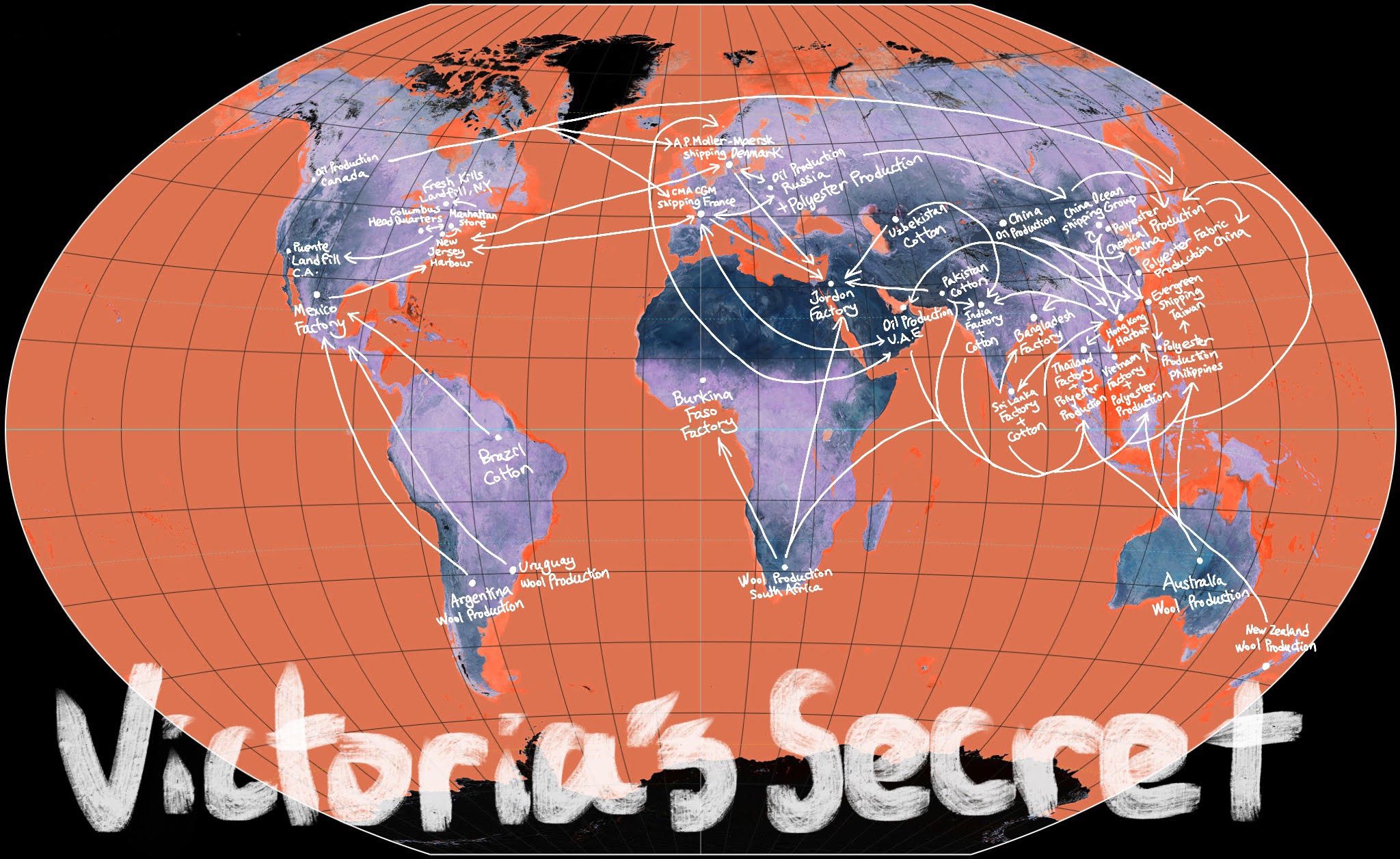Part (1): The Sixth Extinction
How would you describe Sixth Extinction a friend who’s never heard of it?
The Sixth Extinction refers to the mass extinction of plants and animals due to human activities. As a result of our behaviors, the extinction rate of species are increased by 100 to 1000 times compared to the natural rate of extinction. Some of the main factors which human activities contribute to mass extinction of species include forest degradation, pollution, global warming, overhunting, and ocean acidification. The most direct and obvious impact of the Sixth Extinction on humans would be it’s effects on the animal food chain which in return may affect our food sources.
After reviewing the “about page” on the what’s missing site, what is one species that you learned about on this site that has gone extinct?
After visiting the “about page” I learned that Arapaima, the largest species in the Amazon River, are already extinct at some parts of the Amazon basin. The drastic decrease in population is mainly due to overhunting. The government of Brazil is now attempting to impose fishing restrictions of the species in hopes of saving the species from being extinct altogether.
What did you learn on the “what you can do” page?
There are three very memorable things I’ve learned from visiting the “what can you do” page. Firstly, I learned that some fish farming institutions give the fish antibiotics as a part of their diet, which in return not only affects our health but as well as that of the fish’s predators. Secondly, I learned that where we live actually have a direct impact on the environment. Contrary to the popular belief, cities with higher density of population actually omit less CO2 than those that have a lower density of population. Finally, I learned that about 40% of solid waste is building related, from which only 65% is recycled. The largest proportion of construction solid waste is concrete.
What do you think of this site as an artist’s project?
Personally, I think this site is very successful for two reasons. Firstly, the website not only describes and summarizes all data in a visually concise way but also provide links and attached documents to those who want to learn more. In comparison to the traditional data, articles, and reports, this method of categorization is way easier to understand and much more attention-grabbing. Secondly, the diversity of information on this website makes me feel as if this is the ultimate place to learn about all regarding sustainability and the environment. Unlike the traditional reports and datas, which more often than not contains information regarding only one aspect of sustainability, this website summarizes and includes everything most people want or need to know. Altogether, I find this website not only practical and helpful, but also aesthetically pleasing.
Part (2): Systems Animation & Map
Object: Victoria’s Secret Jacket
Materials: Polyester, Cotton, and Wool
Map Information: Where the item was found, Victoria’s Secret Head Quarters, Polyester production locations, Polyester fabric production locations, Oil production locations, Wool & cotton production locations, Victoria’s Secret factory locations, Associated shipping companies, Most possible disposal landfills.
Other Essential Information: On average, cotton takes about 10 days to grow, wool takes about 6 weeks. Oil, which is polyester’s main ingredient, takes about 10 million years to formulate. Despite accounting for only 2.5% of cropland, cotton accounts for over 24% of world’s insecticide use and 11% of pesticides use actually. These chemicals are washed into waterways. 20% of industrial water pollution comes from dyeing of textiles. The production of a piece of clothing consumes about 2,700 liters of fresh water to make. 2.5 billion cubic metres of freshwater are used for textile production each year. Due to cotton farming, Aral Sea in centra Asia, which was the 4th largest lake in Asia went completely dried. Uzbekistan suffers from water shortages because of so.
Okala EcoDesign Strategy Wheel: Based on my research, I believe my product matches none of the design strategies listed. Victoria’s Secret is very notorious for not responding to questions pertaining sustainability nor is the company willing to disclose any information on the production chain. One way the clothing can fulfill the 8. Optimized End-of-Life cycle would be to incorporate the garment recyling campaigns practiced by Levi’s and Patagonia. Another way it can fulfill the 6. System Longevity strategy would be incorporating better sewing. A lot of the times, I find that the only reason why these perfectly good clothings break apart is because of the sewing. I feel like if the sewing was done better, these products can actually last a long time.
